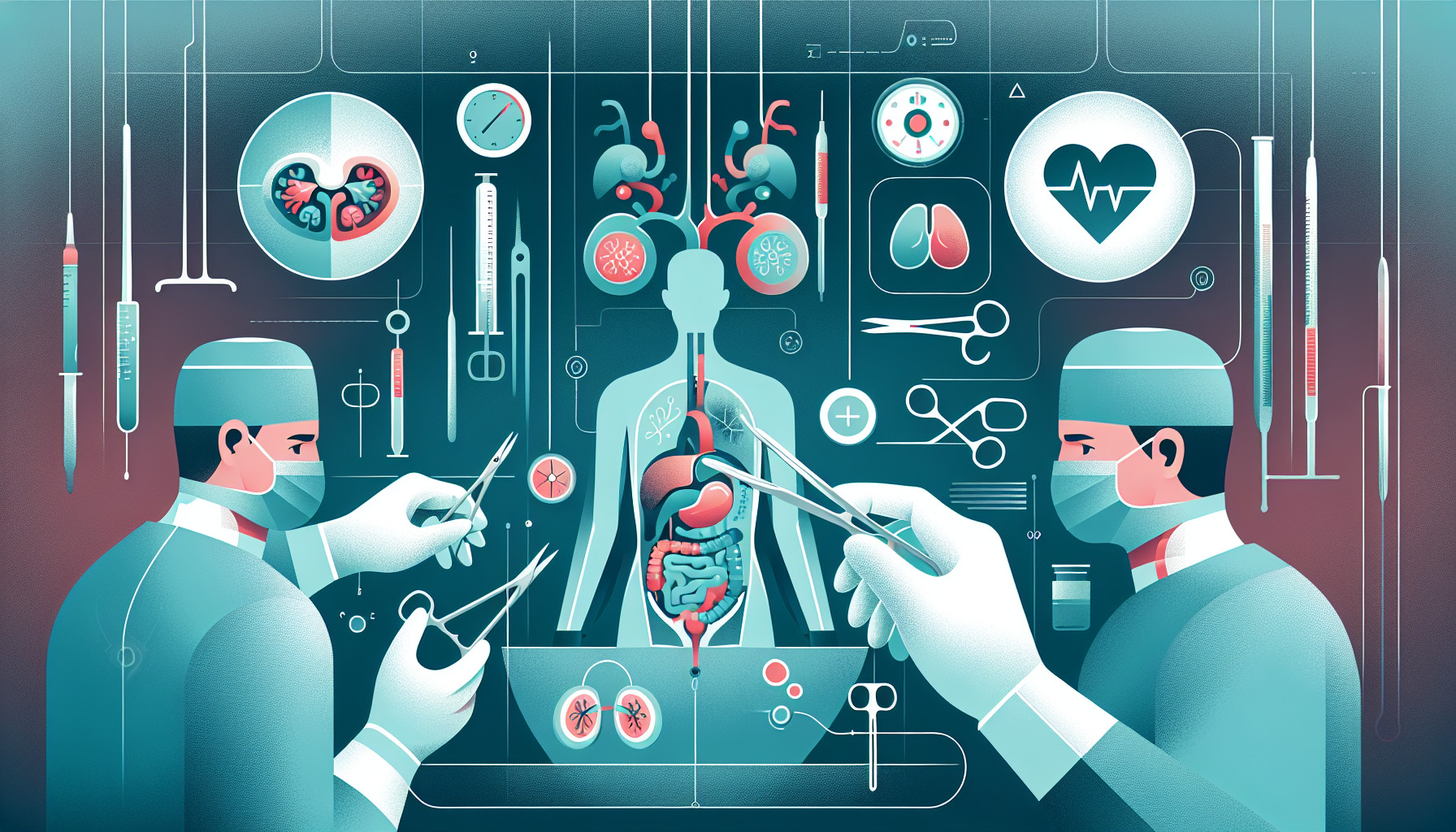Our Summary
This research paper is about trying to find better ways to fix injuries to the urethra, which is the tube that carries urine from the bladder out of the body. These injuries can be caused by things like birth defects, accidents, inflammation, or cancer. Currently, doctors usually treat these injuries by implanting tissue grafts, but this method often leads to complications and the problem often comes back.
One possible solution is to use tissue engineering, which involves growing new tissues in a lab to replace damaged ones. The paper discusses developing special grafts that mimic the natural structure of the urethra, which could be made from natural or synthetic materials. These grafts can be designed without a scaffold (a structure to support the growth of new tissue) or with one, and the paper explores how these different types of grafts might affect the success of the repair.
The paper also predicts what the future might hold for these new types of grafts, and how they might be used in clinical practice.
FAQs
- What are the common causes of urethral injuries in children?
- What are the current clinical interventions for urethral injuries and their limitations?
- What is the role of tissue engineering and biomimetic grafts in pediatric urologic reconstruction?
Doctor’s Tip
One helpful tip a doctor might tell a patient about pediatric urologic reconstruction is to follow post-operative care instructions closely to ensure proper healing and reduce the risk of complications. This may include taking prescribed medications, avoiding strenuous activities, and attending follow-up appointments with the healthcare provider. By following these guidelines, the patient can improve their chances of a successful recovery and optimal outcomes from the reconstruction procedure.
Suitable For
Patients who may be recommended pediatric urologic reconstruction include those with congenital abnormalities such as hypospadias or epispadias, traumatic injuries to the urethra, urethral strictures, neurogenic bladder dysfunction, and other urologic conditions that require surgical intervention. These patients may benefit from urethroplasty or other reconstructive procedures to improve their urologic function and quality of life.
Timeline
Before pediatric urologic reconstruction:
- Patient experiences symptoms such as urinary retention, incontinence, or recurrent urinary tract infections
- Patient undergoes diagnostic tests such as ultrasound, CT scan, or cystoscopy to determine the extent of the urologic issue
- Pediatric urologist evaluates the patient’s condition and recommends urologic reconstruction as a treatment option
After pediatric urologic reconstruction:
- Patient undergoes surgery to repair the urologic issue, which may involve implanting grafts for urethroplasty or end-to-end anastomosis
- Patient may experience post-operative pain, swelling, and discomfort
- Patient undergoes follow-up appointments with the pediatric urologist to monitor healing and address any complications
- Over time, the patient’s symptoms improve and they experience restored urinary function and quality of life.
What to Ask Your Doctor
- What are the different types of pediatric urologic reconstruction procedures available for my child’s condition?
- What are the potential risks and complications associated with pediatric urologic reconstruction surgery?
- How successful are pediatric urologic reconstruction procedures in terms of long-term outcomes and recurrence rates?
- Are there alternative treatment options to pediatric urologic reconstruction that should be considered for my child’s condition?
- What is the expected recovery time for my child after undergoing pediatric urologic reconstruction surgery?
- Will my child require any additional follow-up appointments or monitoring after the surgery?
- Are there any specific lifestyle changes or restrictions that my child will need to follow post-surgery?
- Are there any specific factors that may impact the success of pediatric urologic reconstruction surgery for my child?
- Can you provide information on the advancements in urethral tissue engineering and how they may benefit pediatric urologic reconstruction in the future?
- Are there any clinical trials or research studies related to pediatric urologic reconstruction that my child may be eligible for participation in?
Reference
Authors: Tan Q, Le H, Tang C, Zhang M, Yang W, Hong Y, Wang X. Journal: J Nanobiotechnology. 2022 Aug 31;20(1):392. doi: 10.1186/s12951-022-01599-z. PMID: 36045428
